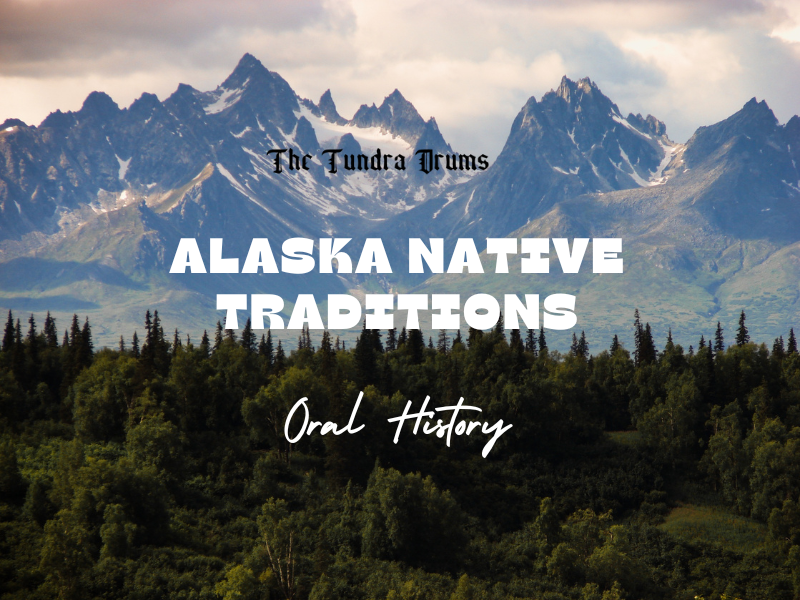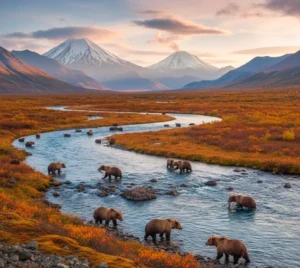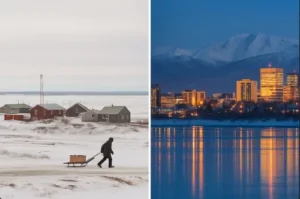Alaska is a beautiful place with mountains, rivers, and forests. It is also home to many Native communities who have lived there for thousands of years. These communities have unique traditions, languages, and ways of life that are very important to them. One of the most important ways they keep their traditions alive is through oral history.
In this article, we will look at how oral history helps keep Alaska Native traditions alive, why it is essential, and how it continues to shape the lives of Alaska Native people today.
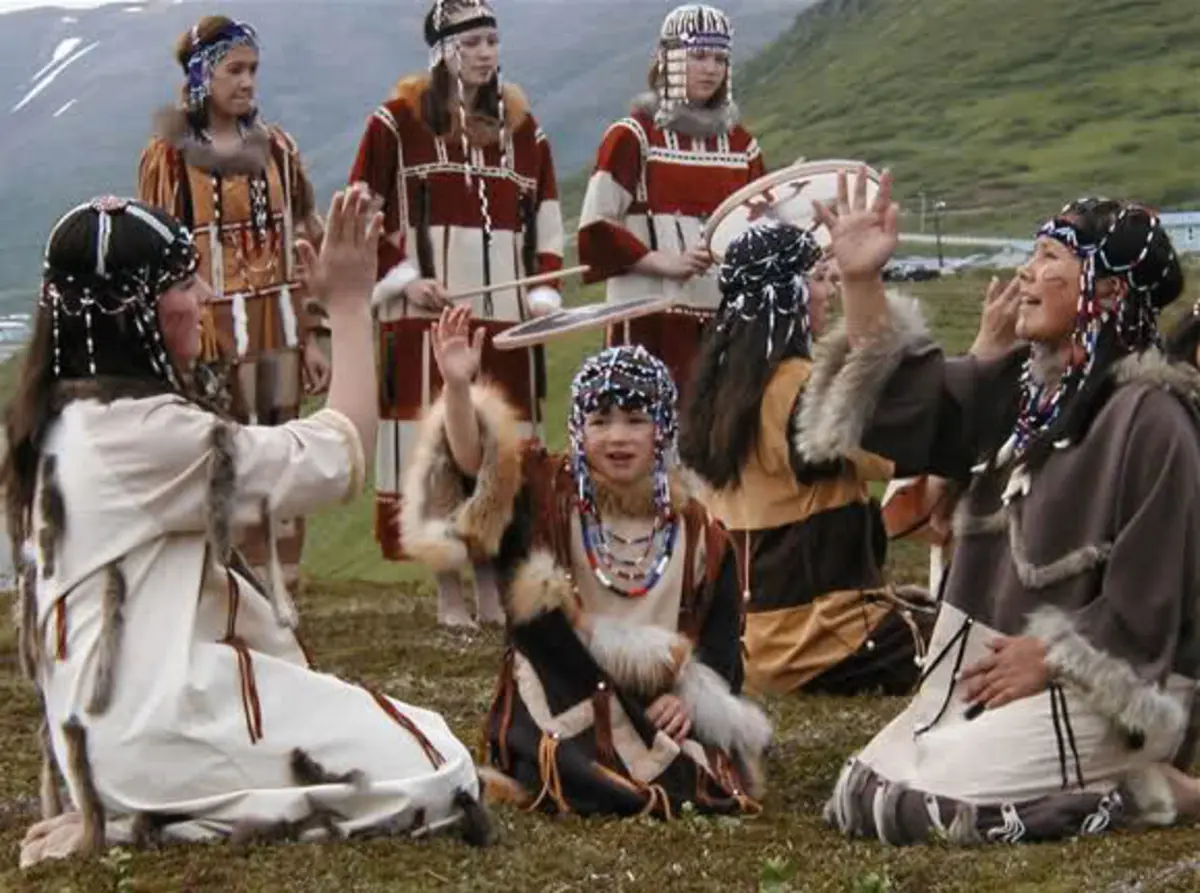
What is Oral History?
Oral history is passing down stories, knowledge, and traditions by speaking rather than writing. Instead of using books or papers, Alaska Native communities share their history, beliefs, and customs through storytelling, songs, and spoken teachings. Elders, the older and wiser members of the community, play a big part in this. They ensure that the traditions and stories of their people are remembered and respected.
Why is Oral History Important for Alaska Native Traditions?
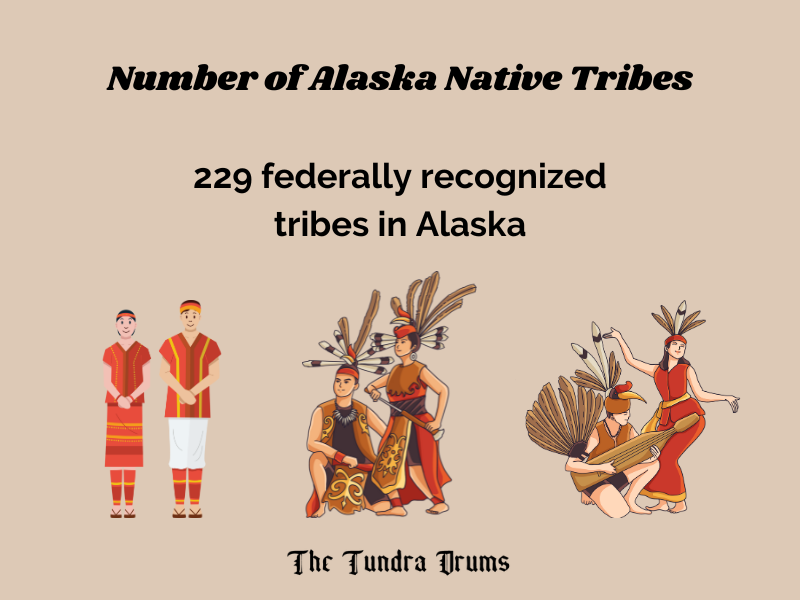
1. Cultural Preservation:
Oral history helps keep Alaska Native communities’ culture and identity strong. Through stories and teachings, younger people learn about their ancestors, how they lived, and the values necessary to their community. This helps them stay connected to their roots and keep their traditions alive, even as the world changes.
2. Language Preservation:
Many Alaska Native languages are in danger of being lost because fewer people speak them. Oral history is vital in keeping these languages alive because the stories and traditions are often told in the native language. By hearing and speaking their language, younger generations help keep it alive.
3. Environmental Knowledge:
Alaska Native communities have a deep understanding of the environment, which has been learned over thousands of years. This knowledge is shared through oral history, including hunting, fishing, gathering, and navigating the land. As climate change affects Alaska, this traditional knowledge is becoming even more critical.
4. Community Bonds:
Storytelling through oral history brings people together and strengthens the community. It helps people feel like they belong and keeps them connected. When younger people listen to the stories of their elders, they learn to respect the wisdom and experiences of those who came before them.
Oral History in Alaska Native Traditions
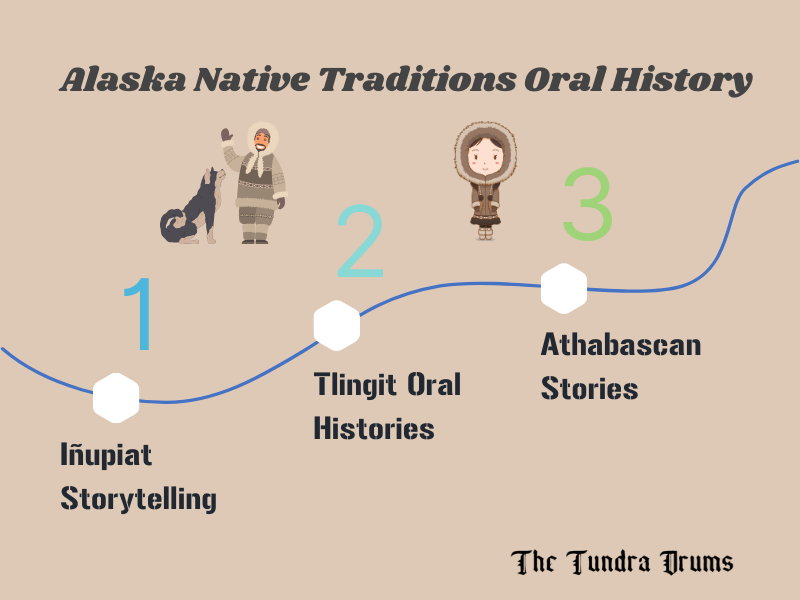
Iñupiat Storytelling:
The Iñupiat people, who live in the Arctic region of Alaska, have a rich storytelling tradition. Through stories about hunting, the world’s creation, and their ancestors’ adventures, the Iñupiat pass down essential knowledge and cultural values. These stories are often told during long winter nights, bringing the community closer together.
Tlingit Oral Histories:
The Tlingit people of Southeast Alaska have a tradition of oral histories called “aaghaaḵ.” These stories include clan histories, migration stories, and lessons on behavior. Tlingit oral history is also connected to their art, with totem poles and carvings often telling stories passed down through generations.
Athabascan Stories:
The Athabascan people of Alaska’s interior have a rich oral tradition that includes stories about their relationship with the land, animals, and spirits. These stories often teach important lessons about respecting nature and understanding that everything is connected.
The Role of Modern Technology in Preserving Alaska Oral History
In recent years, technology has helped preserve and share Alaska Native oral history. Many communities now use audio and video recordings to save the stories of their elders. This helps keep these stories safe for future generations and makes them available to more people.
Educational programs and museums are also working to document and share Alaska Native oral histories. For example, the Alaska Native Heritage Center in Anchorage has programs that teach young people about their traditions through storytelling, dance, and other cultural activities. These efforts help keep oral history alive, even in the modern world.
Conclusion
Oral history is not just a way to share stories; it is the heart of Alaska Native traditions. It helps keep language, culture, and knowledge alive, ensuring future generations stay connected to their heritage. As we move forward, the importance of oral history in Alaska Native communities continues to grow. By respecting and supporting these traditions, we help keep Alaska’s rich cultural heritage alive for many years to come.






